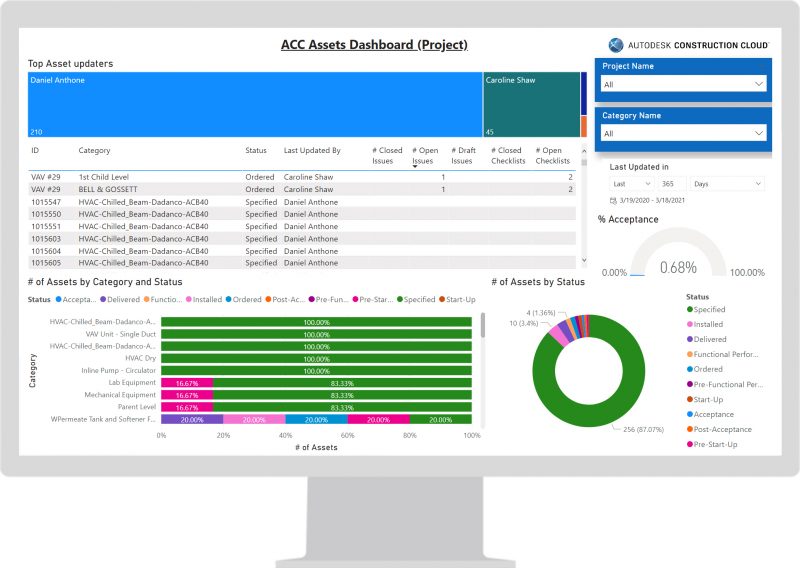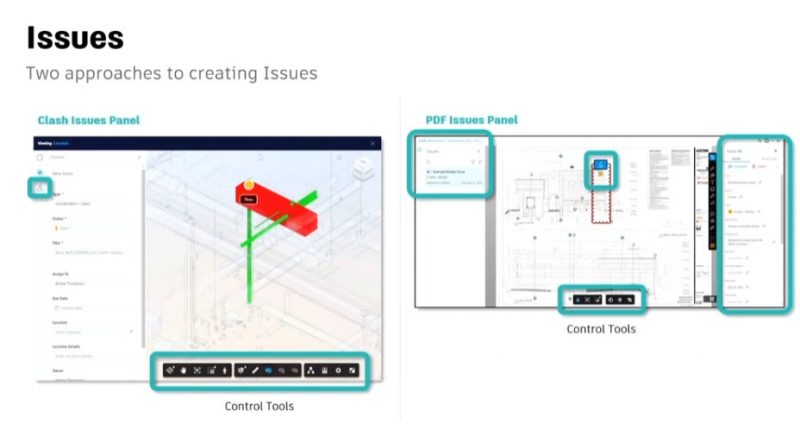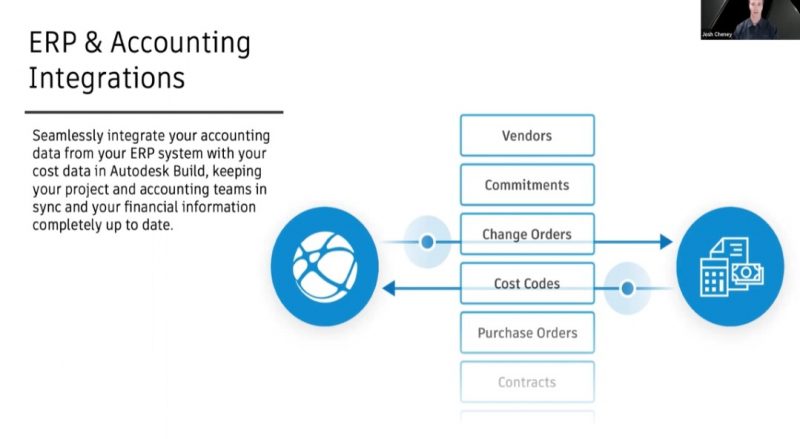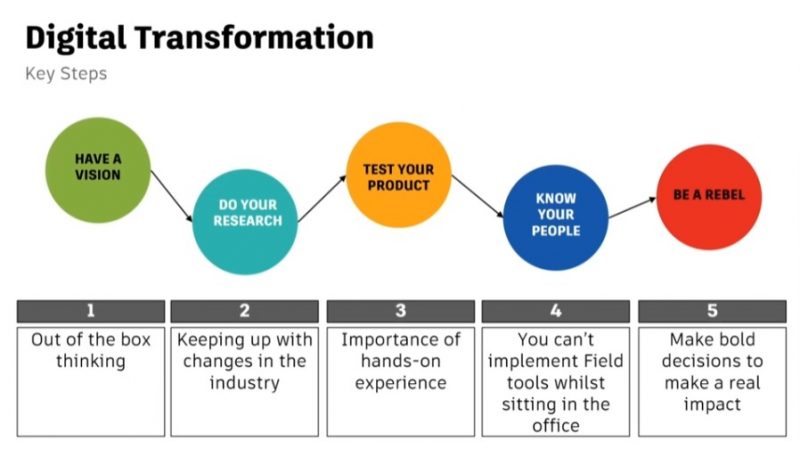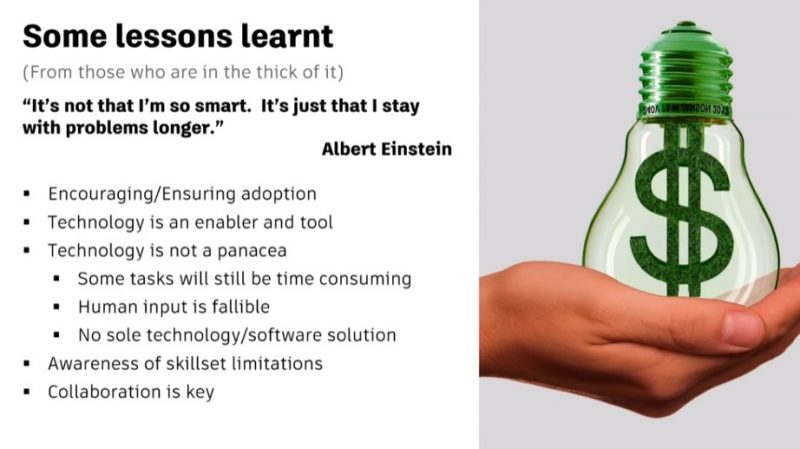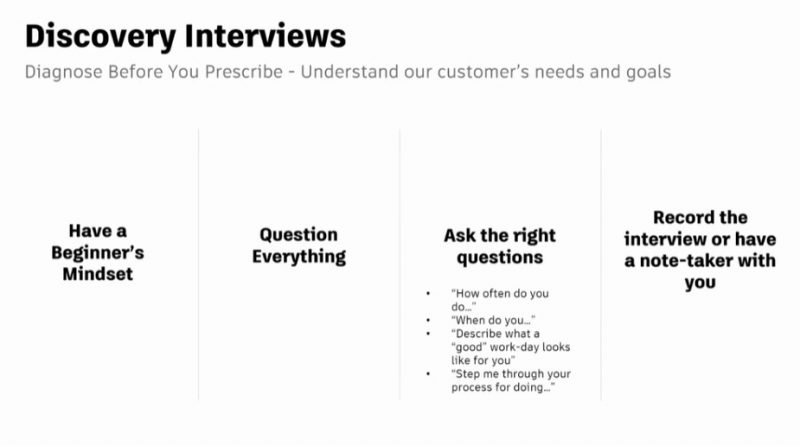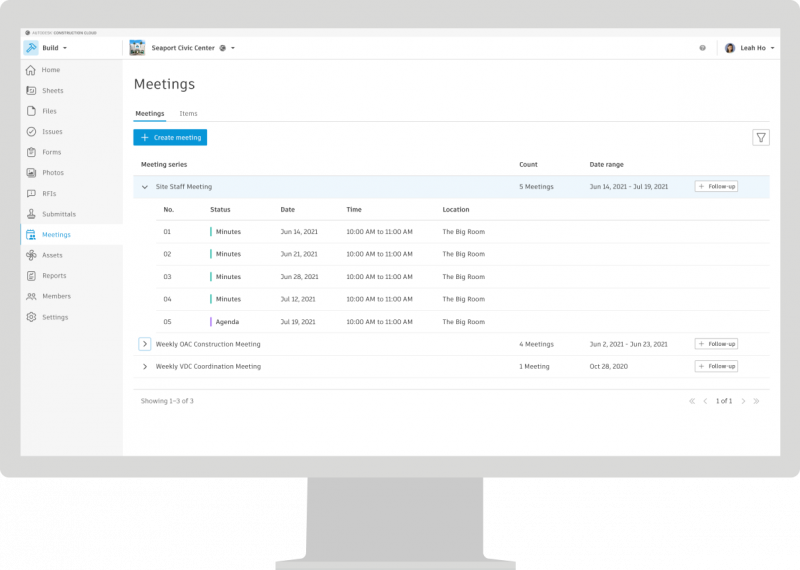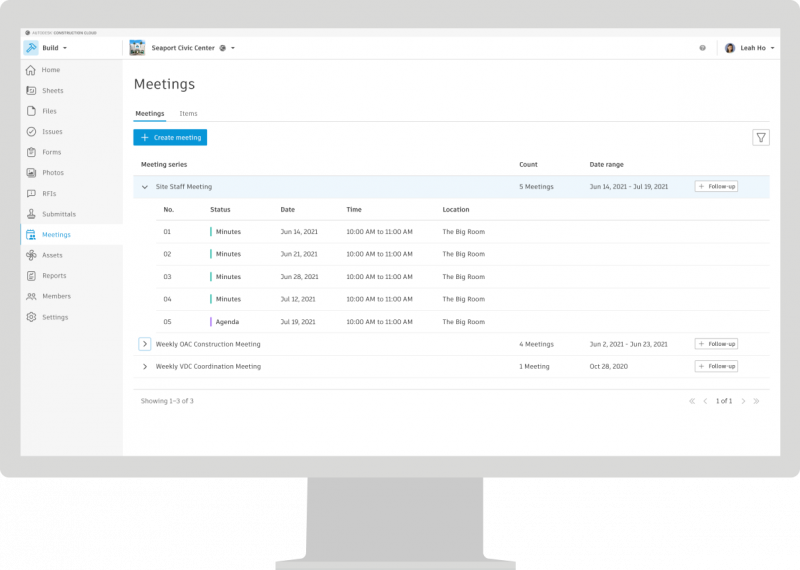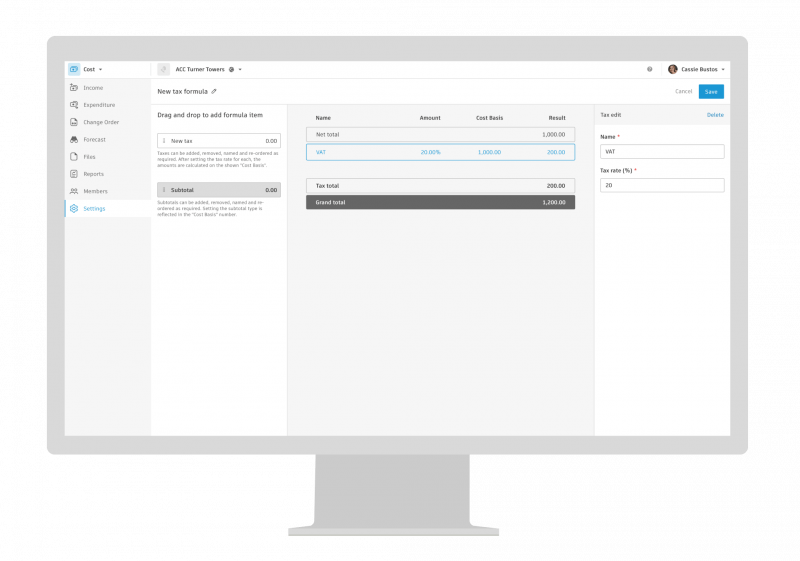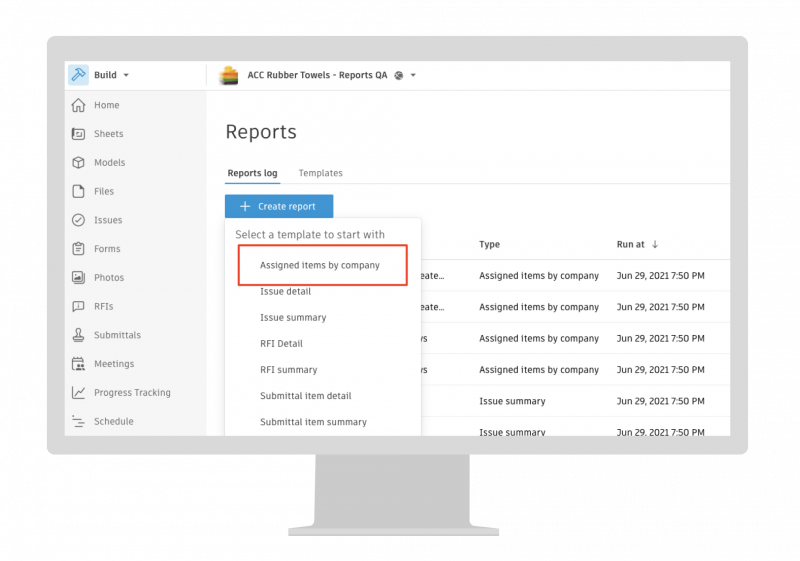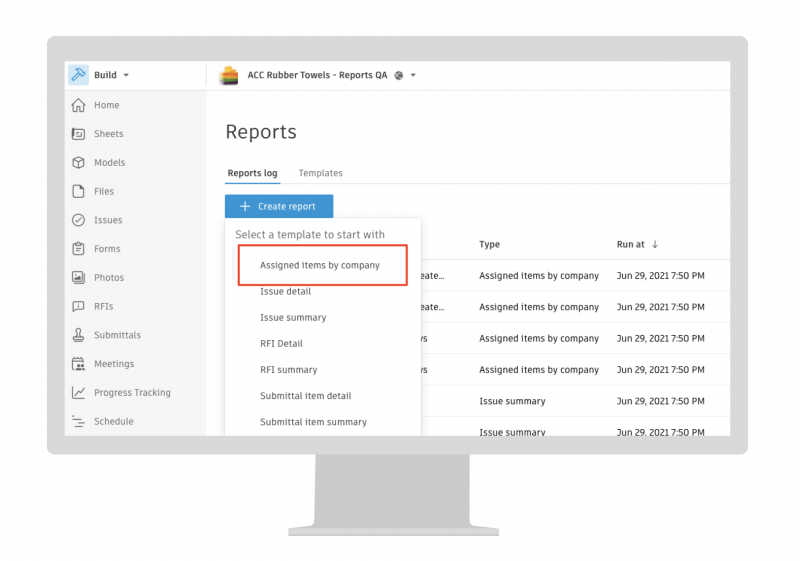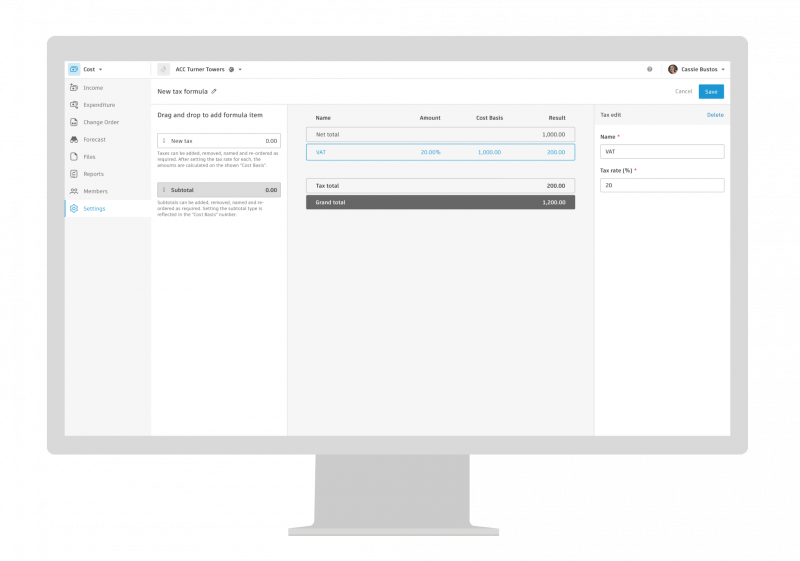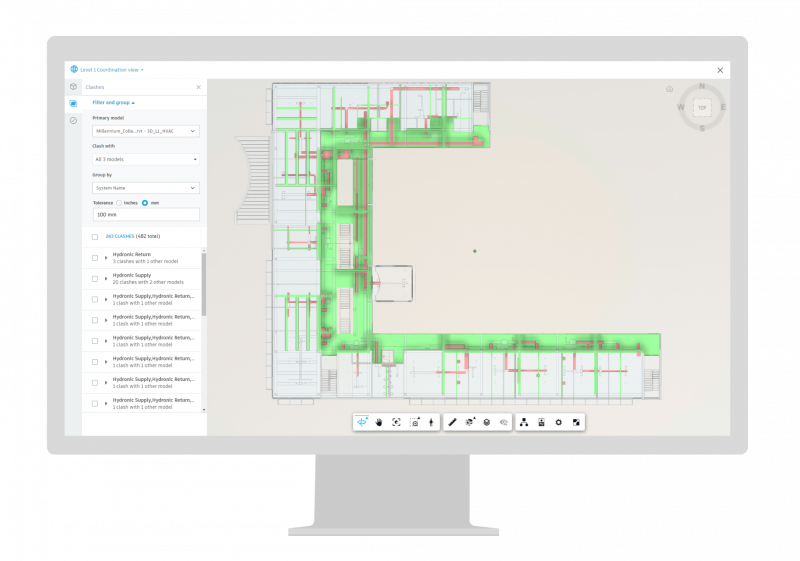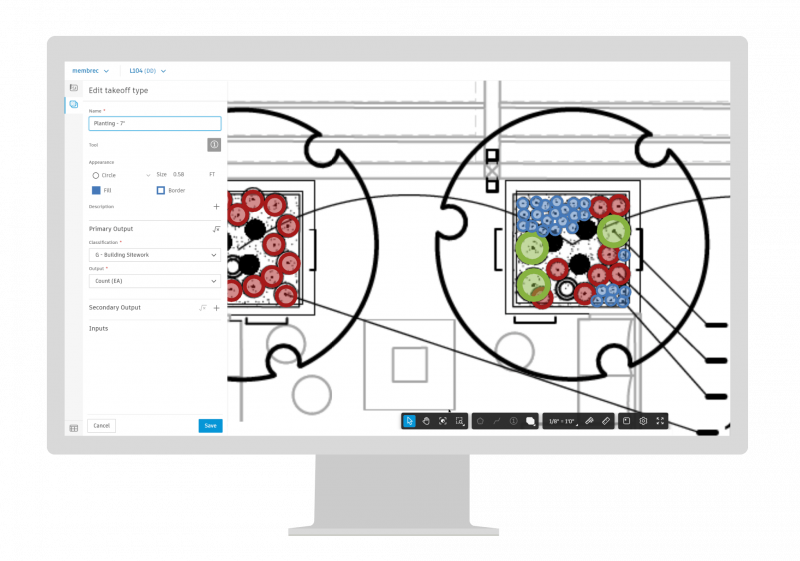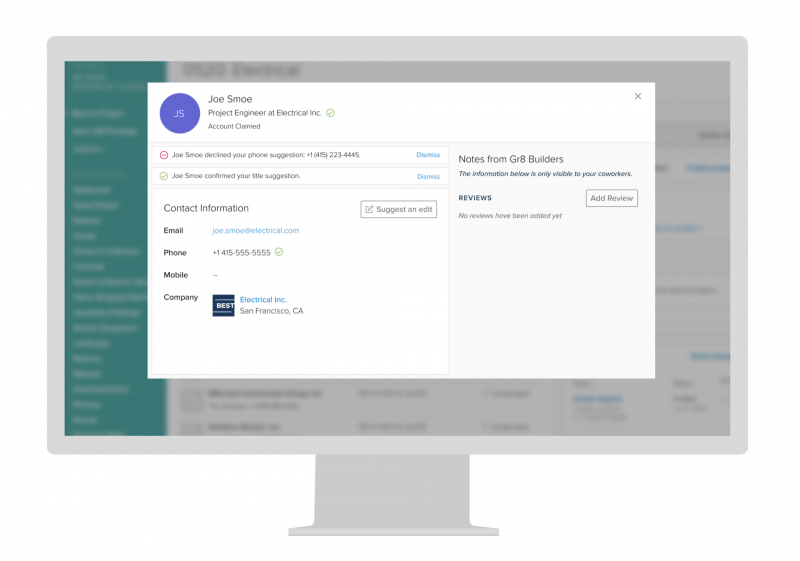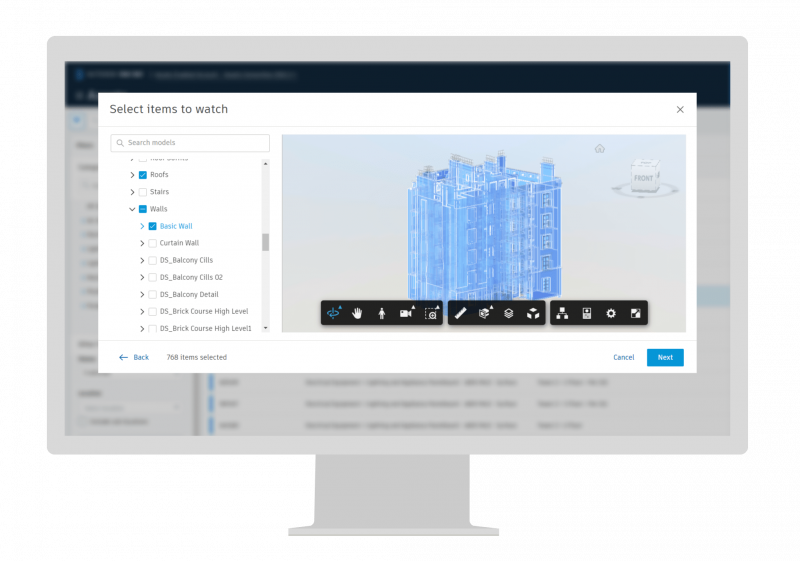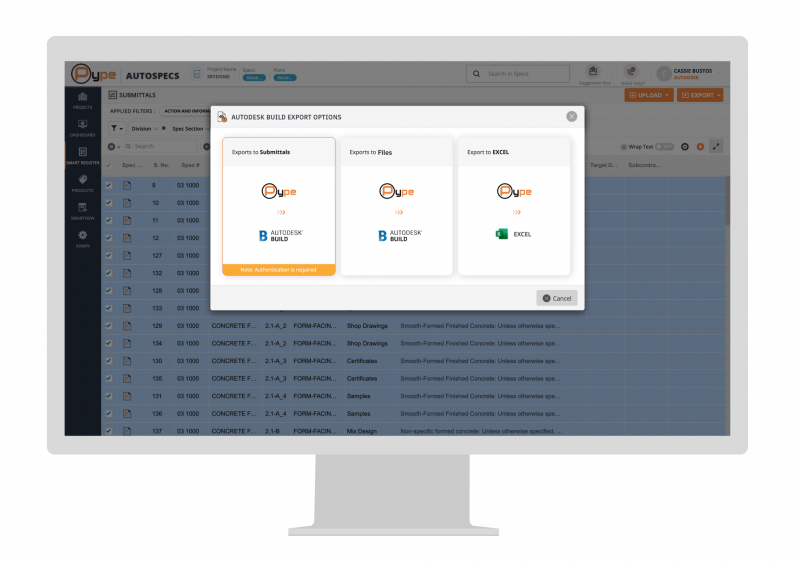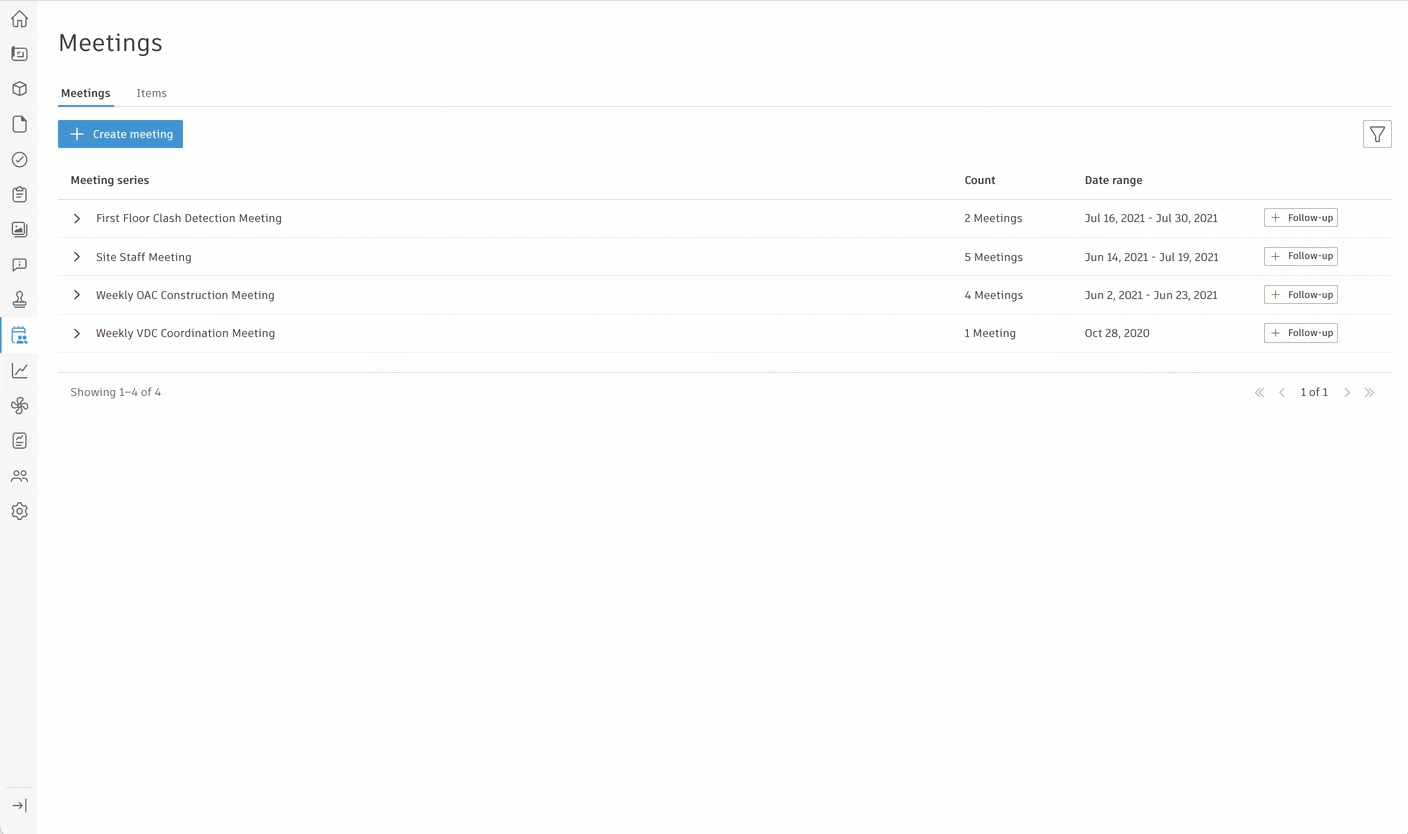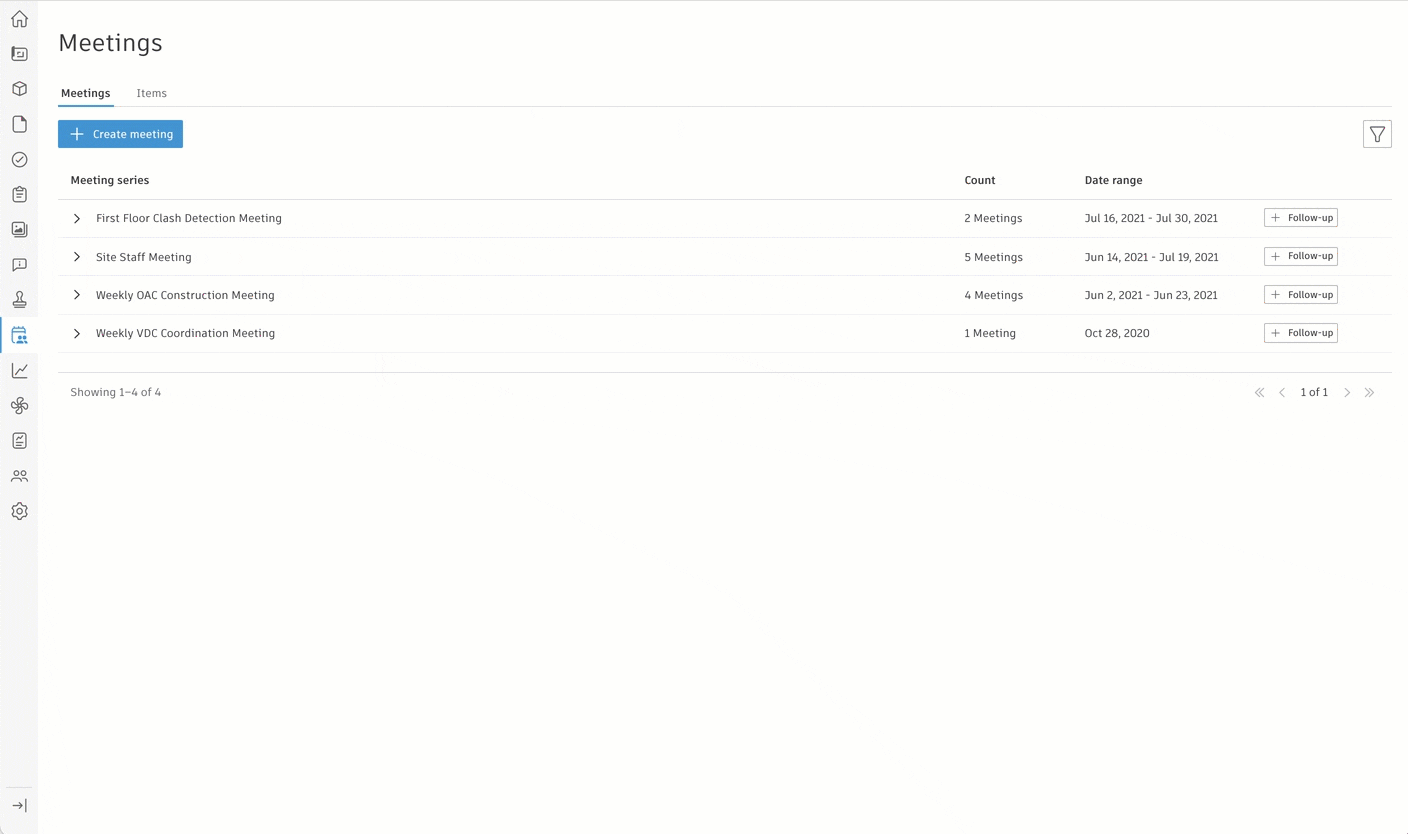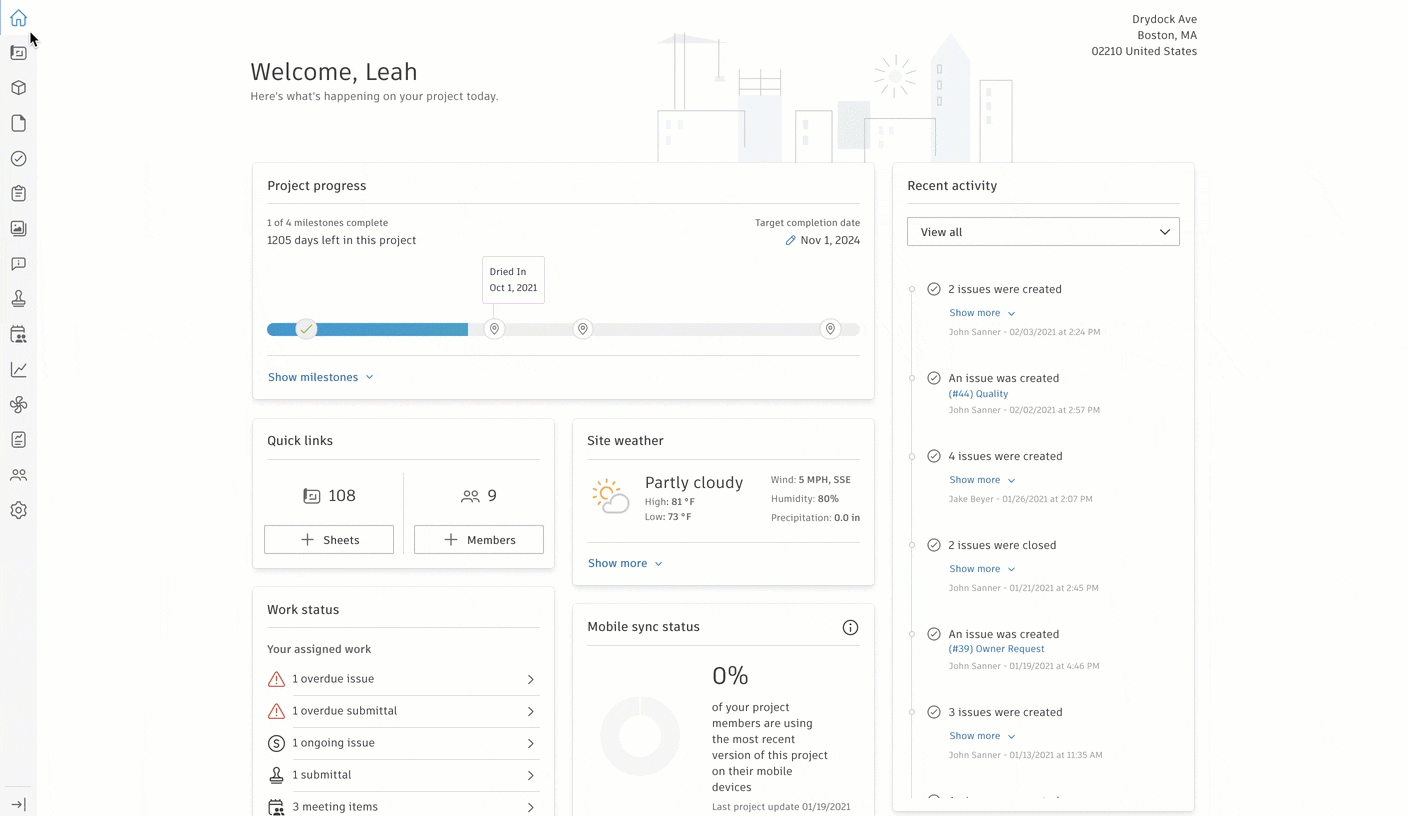POB is a building contractor focusing on turnkey projects where they work in collaboration with their clients to find the best possible outcomes. With a work culture which mixes professional pride and outstanding results, the team has expertise which covers the entire value chain of a construction project. POB delivers new build projects, rehabilitation projects, concrete work, smaller service projects as well as repair services to their varied client base in Norway.
The company started in 1992 with just three employees and in the nearly thirty years it has been operating, the company has grown significantly in size. They now have approximately 120 employees and offer support and services to small and large projects simultaneously. Over the years, the company has expanded quickly. With their rapid expansion, the teams still mainly relied on verbal communication as their main method for collaboration on their projects. These ways of working were not only risky but also meant that email soon became the primary way in which important project data was being shared. This was not reliable and left the company vulnerable when it came to data security.
As POB grew rapidly, some teams started using smaller digital collaboration tools and solutions. However, there was no common platform and no central storage place for all important project documents. Various levels of functionality for these platforms were being used in different ways, so POB could not establish clear and defined digital workflows for the company despite the fact they had slowly begun using digital solutions. Different projects all had different workflows and different priorities when it came to what was important to do, to document and to store. Collaboration with partners and clients was still unreliable and employees struggled to find the information they needed at any given time.
Standardising solutions to support a more unified company
During the annual POB Christmas party in 2019 the CEO and part owner Morten Vilhelmshaugen announced that POB was starting their journey into digitalisation with a direct challenge. Earlier that same year, Roger Feste, BIM Coordinator and IT Manager, and Hege M. Paulsen, Quality Manager, had been asked to explore how POB could improve their ways of working and improve the quality of their projects through improved and enhanced collaboration practices. “Email was our main way to share project data which brought a level of unnecessary risk to POB,” says Hege, Quality Manager at POB. “There were potential huge financial consequences when information was not shared in the right way and at the right time to our partners and clients. We wanted to use a solution that helped us distribute the responsibility and accountability on our projects to our supply chain partners too.”
For Roger, this wasn’t a simple fix that any technological solution alone could solve. “The digital solutions POB was using when we started working there didn’t meet the quality standards required by regulations in Norway on our projects,” affirms Roger, BIM Coordinator and IT Manager. Employees struggled to get an overview of the current stats of the projects due to fragmented workflows and processes. “Our server remained the same from when the company was first created in 1992. Some people stored project documents on their personal drives, some on the server, some on multiple different platforms – there was no common and standardised ways of working,” says Roger.

For the building, concrete and construction teams at POB, finding the latest and most up-to-date documents related to their projects was time consuming, complex and frustrating. “It soon became obvious to us that a more standardised approach could improve our efficiencies and give us greater results,” reflects Hege. We saw the need to renew the way we worked and to join the digitalisation wave in our industry. Due to earlier experience POB was mindful of the need to completely implement a whole solution, and not only parts. They also prioritised making ‘life easier’ for employees on their building sites. To simplify, POB decided they would adopt one solution for all of their projects moving forward. Many different solutions were researched but after a great presentation and excellent follow-up from Symetri AS, Autodesk Construction Cloud’s BIM 360 platform was chosen as the most suitable solution to meet the needs of POB.
Reducing time lost searching for documents
To get started, POB implemented BIM 360 with one department, the subcontracting concrete team. Roger reflects: “We used BIM 360 for the first time on smaller projects that weren’t as long in length so that we could develop some learning points to help us with our wider rollout of the solution.”
“We used BIM 360 for the first time on smaller projects that weren’t as long in length so that we could develop some learning points to help us with our wider rollout of the solution.” —Roger Feste, BIM Coordinator and IT Manager, POB
This approach helped POB realise that they would need to prioritise their folder structure conventions and permission settings throughout their rollout. “We learnt that it’s really important to take time at the start of your project defining the structures and workflows you want to use in BIM 360,” says Hege. For Hege and Roger, visualising how the solution would look and work before implanting it was difficult, so using an iterative rollout approach helped to refine the technology to suit the needs of POB and their projects on an ongoing basis.
Intuitive navigation resulting in requests to use the solution
Within the subcontracting department, many of the teams on site were using BIM 360 for the first time. The feedback received was around ease of use and how intuitive the solution was to learn quickly from a project site. “Before we implemented the technology, I was told that I’d really struggle to get our teams on site engaged with using it, but I found the complete opposite,” says Hege. “Once we implemented using BIM 360 on one project, I had site team members of other projects asking me when they would get to use it as they had heard how beneficial it was to project execution,” reflects Hege.
“Before we implemented [BIM 360], I was told that I’d really struggle to get our teams on site engaged with using it, but I found the complete opposite.” —Hege M. Paulsen, Quality Manager, POB
The construction teams on site liked the functionality that BIM 360 offered and many of them used the solution through the app on their mobile phone or device. “Using BIM 360 on site replaced several separate systems that our teams were previously using,” says Hege. When it came to implementing the technology further, Hege showed the benefits of each feature and functionality one at a time building iteratively so that project team members did not become overwhelmed. Hege also worked with site project team members to understand the pain points they faced when it came to executing tasks on site and showed them which features in BIM 360 would help them overcome each problem.
Building solid foundations
For POB, BIM 360’s document management capabilities is the foundation on which other digital workflows are built on. Having a solid and collaborative way to share documents means the project teams can remove the complete responsibility of information management on a project to a joint responsibility between all project stakeholders. “It’s now very easy for us to share documents with our subcontractors and supply chain partners in BIM 360,” says Roger. “Prior to using BIM 360, we really had no overview on the health of our projects as we lacked the information and data we needed about our projects,” continues Roger.
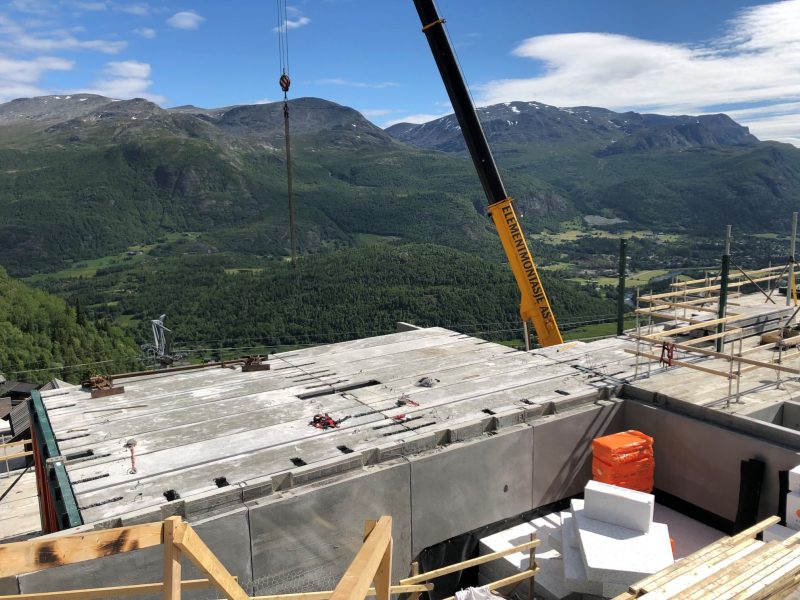
Spending hours trailing through various documents trying to ascertain whether it is the latest and most up-to-date version is a thing of the past for employees at POB. “BIM 360 supports our team to feel confident in the status of a project. Navigating and implementing version control is now much easier as all project collaborators know where the most accurate and up-to-date documents are and can see the versioning history,” reflects Roger.
POB’s on-site teams link documents and drawings into their checklists with BIM 360 to support with build activity. The issue handling functionality is also actively in use to track progress when it comes to resolving challenges within the project. “Automating the issues management functionality using BIM 360 has revolutionised the way in which we approach this important project activity by speeding up the managements and allocation of issues. We mark the exact location of the issue on our drawings in BIM 360 which also helps our team navigate our construction sites easily.” Says Hege
Better insights lead to better outcomes
Better insights captured from project data can not only improve the construction process, but it can support the health of a business and improve the way POB interacts with its partners and clients. “Complying to government regulations, simplifying everyday tasks, as well as delivering better quality for our clients is a big priority,” says Hege. “We now also have a standardised way of reporting and get better use of our data,”. Transparency on projects and better data has meant that POB’s previous manual ways of reporting that were lengthy and not wholly accurate have been replaced by dashboards in BIM 360.
Looking to the future, POB plans on ensuring all their teams across the entire company are getting the most from BIM 360 using the functionality available. They continue to actively work with digitalisation and aim to integrate Power BI with BIM 360. This will provide even more detailed analysis which will help manage and monitor project progress and proactively identify concerns. POB believe that all construction companies are responsible for driving the digital agenda. “Working with more digital workflows is not only more sustainable and timesaving, but they will also help us to create a more productive and efficient industry” says Hege. “With better project insights and a more collaborative industry we get more content and engaged employees, a more open supply chain and ultimately happier clients.”
If you’d like to see how BIM 360 connects your workflows, teams, and data so can you build better, please contact us. We’d love to show you how it works.
The post One Source of Truth Enabling Better Collaboration and Quality for POB in Norway appeared first on Digital Builder.



